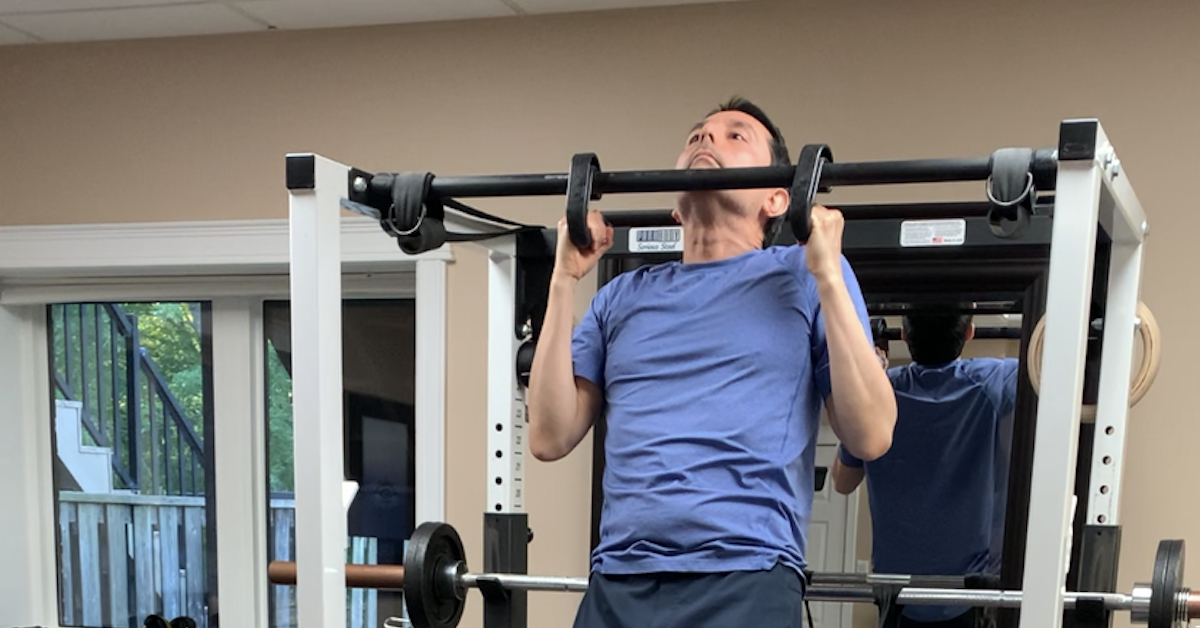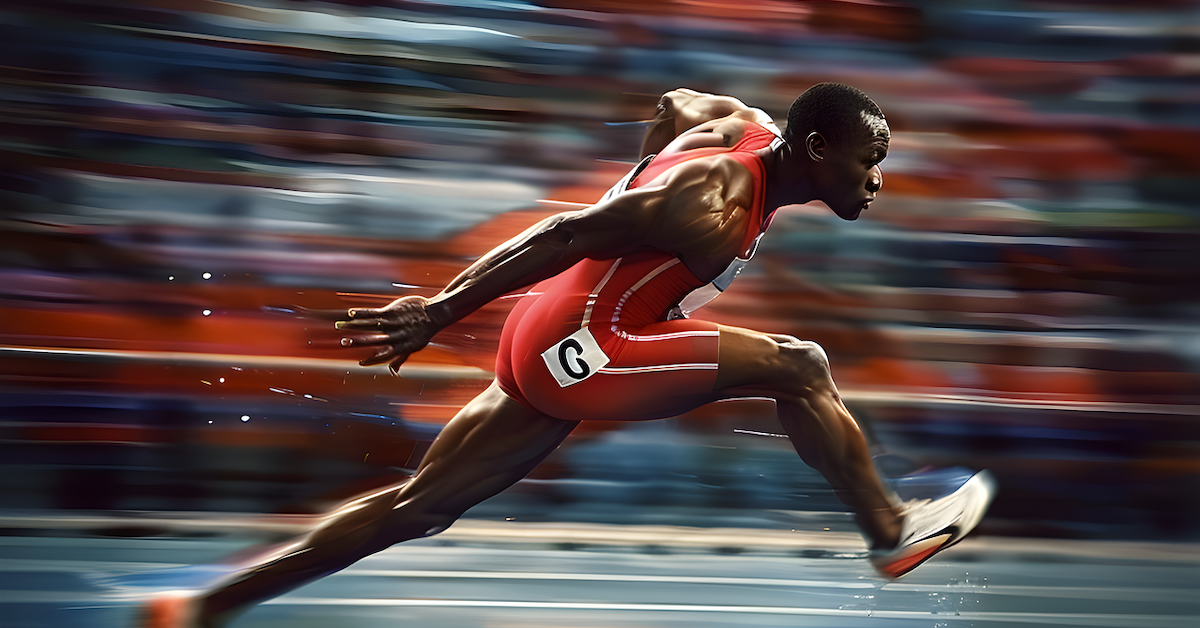When most people warm up for arm curls, they’ll hit a few light sets or maybe stretch out a bit. Rarely do they consider the neck. But the neck—specifically the long cervical extensors—can play a key role in how much strength you generate during curls and pulls.
Here’s why: the musculocutaneous nerve, which innervates the elbow flexors, exits the spine at the C5 and C6 vertebrae. If these vertebrae are misaligned, nerve conduction may be compromised. That means weaker signals, fewer action potentials, and ultimately weaker muscle contractions.
As Dr. Ken Kinakin points out in Optimal Muscle Training, compression or tension on nerves can significantly reduce strength. Activating the long cervical extensors with targeted movement helps restore alignment at C5–C6, improving conduction and allowing your biceps (and other pulling muscles) to fire at full capacity.
The Exercise Sequence
Step 1: Neck Extensions
Before starting your curls, perform neck extensions using a head harness. This simple drill wakes up the long cervical extensors and primes your nervous system for stronger contractions.
Step 2: Arm Curls
Once your neck is activated, move directly into your curl variation of choice. Many lifters report an immediate difference in strength and contraction quality.
Want to Take It Further?
In my book The Warm-Up: Modern Methods for Strength Training, I dive deeper into this concept and demonstrate another powerful way to activate the long cervical extensors—the neck bridge. This is an excellent alternative to the head harness extension and can yield equally impressive results when used before arm curls.
Whether you use a head harness or the neck bridge, the principle is the same: optimize your nerve conduction before you train, and you’ll unlock more strength.
Takeaway
Sometimes the key to a better curl isn’t in the biceps—it’s in the neck. Prime your cervical extensors, align your spine, and watch your strength increase rep by rep.

From Zero to Two: Leo’s Chin-Up Breakthrough
When Leo began training with me in September 2024, our first goal was to improve body composition — lose fat,

Resistance Training Foundations: How to Progress Safely and Build Real Strength
Resistance training isn’t just for bodybuilders. Whether you’re just starting out, returning after a break, or training for performance, knowing

Priming Exercises: The Secret Weapon for Explosive Performance
Most athletes warm up before training or competition—but few take advantage of priming exercises. These short, explosive sessions can “pre-charge”
follow
Error: No feed with the ID 2 found.
Please go to the Instagram Feed settings page to create a feed.
